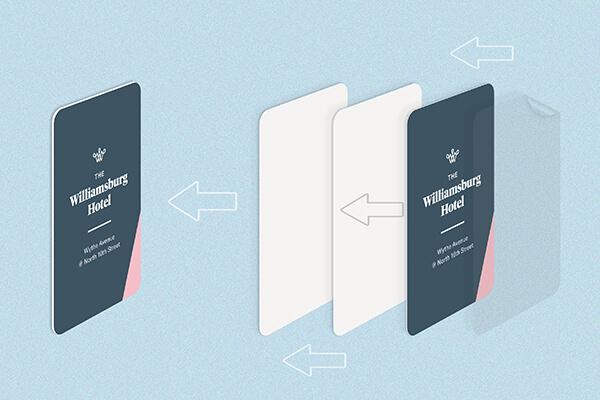Plastic is a material that comes in almost every size, shape, and color and can be used in many ways due to its durability and versatility. The plastic card industry is increasing interest, expanding, and evolving through new printing technologies. Businesses are now swapping from traditional paper cards to plastic cards. Plastic money gained popularity during the COVID-19 pandemic. These cards reduced the need for physical contact in handling cash. They are so convenient since they easily fit into your wallet or purse.
How are these cards made?
Several layers of plastic laminated together make up cards. Polyvinyl chloride acetate most commonly known as PVCA or PVC, is a plastic resin that is the main core of these cards. To give the proper appearance and consistency, the resin is mixed with dyes, opacifying materials, and plasticizers. This core material is laminated with clear plastic materials or thin layers of PVC. These laminates will adhere to the core when applied with heat and pressure. A variety of inks or dyes are also used for printing plastic cards which are available in a variety of colors and are designed for use for plastic substrates. Some manufacturers use special magnetic inks to print the magnetic stripe on the back of the card. The inks are made by dispersing metal oxide particles in the appropriate solvents. For cards like VISAs which feature holograms, an additional special printing process is used.
Plastic cards are produced by layering thin plastic sheets on top of each other. Using a combination of heat and adhesive, 3 and 7 layers are typically adhered together to form a final sheet. The core sheet plastic is made by mixing and melting other additives with polyvinyl chloride acetate. The blended components are then transferred to an extrusion molding apparatus which forces the molten plastic through a die. The sheet goes through a series of three rollers stacked on top of each other after it exits the die, then it pulls the sheet along. The rollers keep the sheet flat and maintain the proper thickness. These sheets are cooled first before being cut into separate sheets by saws. At the manufacturing facility, the sheet is cut into finished cards.
Though not common, some cards are produced through injection molding. In this case, the plastic is forced into a mold to form the card.
Printing
Using silkscreen processes, the plastic core of the card is printed with text and graphics. The magnetic stripe may be added by a hot stamping method. The magnetic heads used to code and decode the iron oxide particles operate if the magnetic medium is close to the card’s surface. The metal particles must be placed on top of the laminating layer. Upon completion of the printing process, the core is ready to be laminated.
Conclusion
PVC is about 60% chlorine and 40% petroleum and has the benefit of being sturdy, dense, and water-resistant. The environmental negatives associated with the decomposition of PVC have led many to seek alternatives. These alternatives include; BioPaper cards, wooden cards, biodegradable plastic cards – BioPVC cards.
Nexqo is a professional card maker with more than 10 years of experience in the card-making industry. Recently, we’ve developed an eco-friendly material that can perfectly replace plastic cards. Click here to learn more about this latest eco-friendly material.
You can also click here to learn more about the products that you can use in your project. If you are not sure, welcome to contact our sales experts any time.
.png)
